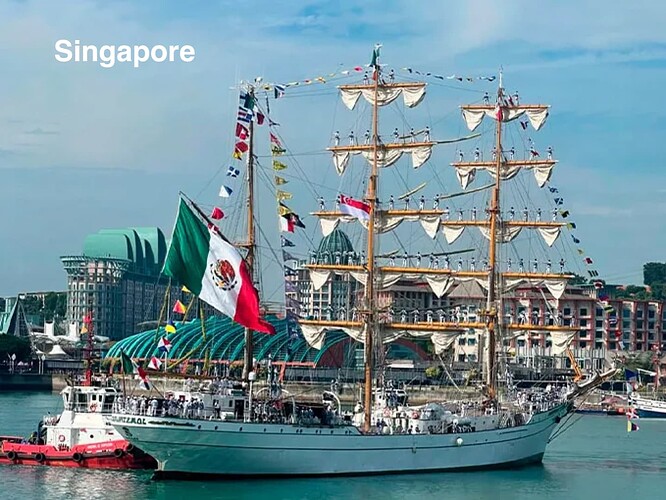It seems some of us haven’t learned anything with regard to “risk assessment” even after the DALI disaster in Baltimore. Months after the DALI hitting the bridge, I participated in a meeting with local Port Authorities regarding the numerous “what if” scenarios and what “we” could do to avoid a similar economic catastrophe.
I provided insight into some very basic and effective suggestions, which could be implemented overnight, right now. Yes, there would be some added costs increases to our basic movements. But largely, this would impact only a relatively few ships. The simple answer was to make the use of more and better tugs on more jobs that had a higher level of risk (compared to other jobs).
To me (a casual observer from afar) backing a medium size sail training ship, a high profile job, a “national treasure” with many cadets aboard and numerous public in attendance, with environmental conditions such as they were, with a vessel that was maneuvering within a short distance of a bridge that had no vertical clearance given the height of her masts, if anything should have gone wrong … this all seems painfully obvious, yes? At least it does now, after the fact.
Did ANY of these issues come up in discussion between the Docking Pilot, Master, and Agent prior to the job order? Yes, cost is “absolutely” a factor, that cannot be denied. But once again, didn’t we address that specific issue post-DALI accident? Given the high profile risk assessment of this job, in the wake of the DALI, how much more effort might this scrutiny of potential risk actually take?
Not to whine about the tugs, but just 1 conventional tug on this departure definitely appears to be a “cost saving” order to me. That’s my very own professional opinion. But I wasn’t there and don’t work there. I understand (from discussions with other Pilots) that the Docking Pilot and Bar Pilot arrangement in New York is very unique to this port, So there’s that. I’ve been in the middle of many discussions between Master, agent, and vessel owner about my insistence on a tug(s) order that the owner/Master may disagree with. So be it. It’s my job to do what is most safe and efficient, with due regard to the port (first) and the vessel (second) … in that order.
I didn’t see that concept happening here in the move involving this sail training ship. Thats too bad. It’s exceptionally horrible, given that 19 were injured, many critically, and 2 died. So far.
Did we learn any more about our decision making and risk assessment process?
My bet is … no. Thats a bigger tragedy.







